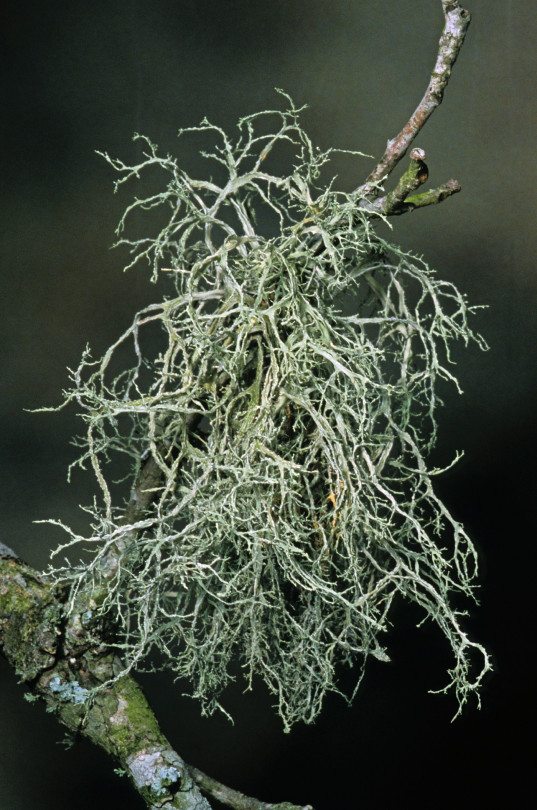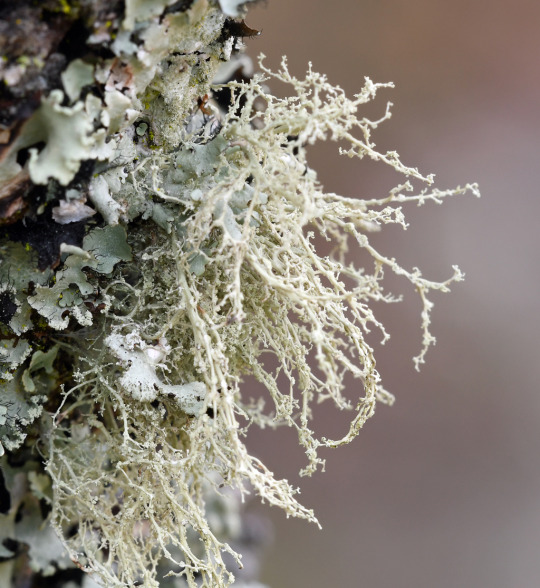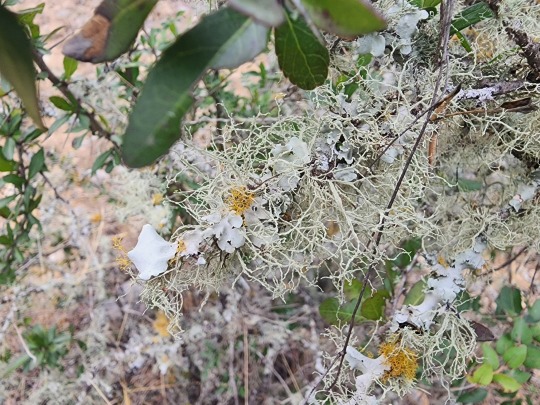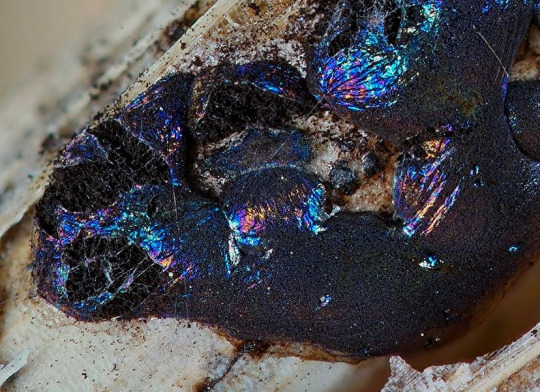Text


My new Tav, Creedence! He's a Drow Bloodhunter and I'm very excited about himb
137 notes
·
View notes
Text


You're the wrong I need
3K notes
·
View notes
Text

Like a heartbeat,
warm and constant
-
guess who got sick this month and binged DD2 and then couldn't stop on and off again weeping for 2 days after beating it
287 notes
·
View notes
Text

Serval (Leptailurus serval), MELANISTIC, family Felidae, Amboseli National Park, Kenya
Photograph by nicolas.urlacher.photographer
19K notes
·
View notes
Text
i don’t know why i even have to say this but if you trap me on an island for seven years i will shut you out of my life for good
675 notes
·
View notes
Text

Brother Gregor never spoke and often spooked the neophytes with his appearance, but he was a gentle soul and a phenomenal cook and knew more ways to prepare a fish than the abbot knew hymns
20K notes
·
View notes
Text










Ramalina peruviana
Quipu lichen, Peruvian ribbon lichen
This fruticose lichen has many thin, flattened branches and tiny, isidiate branchlets growing out of lateral soredia and branch tips. The surface is pale gray-green interrupted by ellipsoidal or linear pseudocyphellae and punctiform soralia. It only rarely produces apothecia. R. peruviana grows on bark and occasionally rock in tropical and costal regions worldwide. So why is it named R. peruviana? Well, the type specimen used by Erik Acharius to describe the species was found in Peru. What's a type specimen, you may ask? Well when you describe a species, you need to have one specimen of that organism from which characteristics and features of the species description are drawn, and it needs to be stored in a collection where it can be accessed to compare characteristics and potentially DNA with future potential specimens. So even though this entire species grows all over the place and isn't only found in Peru, the name is a nod to the specimen which set the standard for the entire species name. It's pretty weird to think about using one individual as the standard when we know so much physical variation exists between members of the same species, right?
images: source | source
info: source | source | source
49 notes
·
View notes
Text

Just a friendly visit from old friends... that got too intimate.



499 notes
·
View notes
Text
reblog for sample size !!
19K notes
·
View notes
Text
hyena positivity that focuses on spotted hyenas only is so fake. if you don’t love brown and striped hyenas then get out. if you don’t love aardwolves I can’t even look at you oh my god
164K notes
·
View notes
Text

Tiger (Panthera tigris)
Habitat & Distribution
Historic range extended across southern Asia, from Afghanistan to China and Indonesia; its current distribution has been broken up into parts of Russia, China, parts of Southeast Asia, and the Indian Subcontinent
Most commonly inhabits forests, both deciduous and tropical, but can also be found in grasslands and some wetlands
Physical Description
Weight: 200–260 kg (440–570 lb) for males, 100–160 kg (220–350 lb) for females
Height at shoulder: 90–110 cm (35–43 in) on average
Tigers are famous for their distinctive orange and black striped coloring, with a white underbelly
The body is lean and muscular, with large paws and a long tail that acts as a balance; the head is round, with powerful jaws
Behaviour
Both males and females are solitary, only encountering other tigers for either courtship or territorial defense
Tigers are large carnivores, and feed primarily on ungulates like deer, antelope, and gaur; they may also feed opportunistically on monkeys, large fowl, and fish
Though they have no natural predators, tigers may be killed in encounters with larger prey, other tigers, or rival hunters like leopards and wild dogs
Key Advantages
The tiger's sharp claws and powerful jaws are capable of taking down extremely large prey, like water buffalo and boars
Their coat is colored to blend in seamlessly with their natural environment, making them incredibly hard to spot when stalking prey
Tigers can sprint in bursts of 50 to 65 kph (31 to 40 mph)
See where they stand in the May Mammal Madness Tournament here!
Photo by Mark Newman
50 notes
·
View notes
Text

Watch as he wraps his jaws around anything, can swallow anything
Gort time
424 notes
·
View notes
Text

Wild Boar (Sus scrofa)
Habitat & Distribution
Originally native to north Africa, Europe, and most of Asia; while much of its original range has been restricted, it has been introduced to parts of North America, South America, and Australia
Wild boars have adapted to many environments, including deciduous and evergreen forests, grasslands, mountain ranges, wetlands, and urban environments
Physical Description
Weight: 75–100 kg (165–220 lb) for males, 60–80 kg (130–180 lb) for females
Height at shoulder: 75–80 cm (30–31 in) for males, 70 cm (28 in) for females
Both sexes are solidly built, with short legs and a thick neck; males and females also have tusks, though they're larger in males
Adults are covered in shaggy fur, the color of which can be highly variable
Behaviour
Females live in social groups called sounders, dominated by a matriarch, while adult males live alone
Adult males are extremely territorial and will drive away rivals and potential threats to the sounder
Primary predators of adults include wolves, leopards, and tigers
Wild boars are omnivorous, feeding on roots and tubers, nuts, berries, worms, rodents, eggs, reptiles, and carrion
Key Advantages
The tusks of male boars are extremely long tusks, with the exposed area alone measuring 10–12 cm (3.9–4.7 in) in length
Adult males develop a skin 2–3 cm (0.79–1.18 in) thick, which can be extremely difficult to pierce through
Wild boars can run at a top speed of 40 km/h (25 mph)
See where they stand in the May Mammal Madness Tournament here!
Photo by Jerzy Strzelecki
86 notes
·
View notes
Text
the funniest dynamc between my boyfriend and i is the chef/baker divide runs so deep. experimentally my boyfriend is a genius with figuring out what flavor profiles will not just taste good together but also will be enjoyed by the specific audience he is cooking for. a recipe is not a guidebook so much as a suggestion and he will frankenstein ideas together to get exactly what he wants to happen. he also didnt know that sugar will not work properly if you dont mix it with the wet ingredients in banana bread and when i asked 'why didnt you do it in the order of the recipe' he said 'i didnt really think it mattered'. autistically i exploded his head in my mind
113K notes
·
View notes


